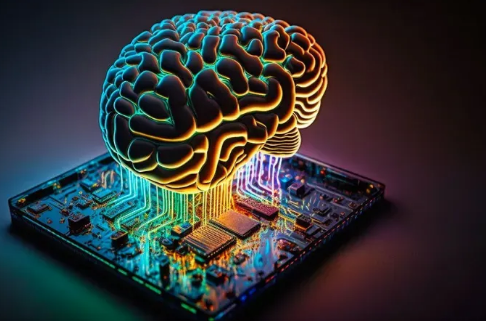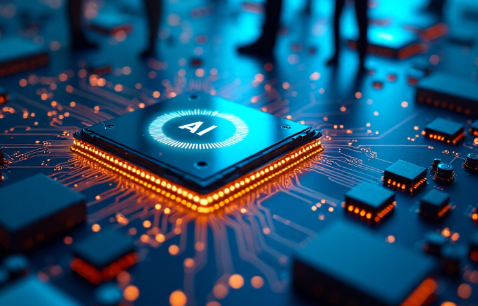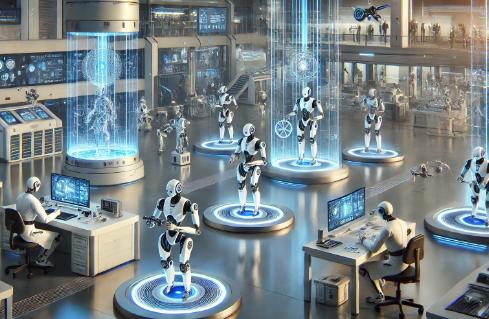Neuromorphic Computing: Mimicking the Brain in Silicon
Neuromorphic computing seeks to replicate the brain’s functional architecture in silicon. By utilizing spiking neuron models and memristor technology, these systems aim to emulate biological processes. This approach promises improved computational efficiency and adaptability. Moreover, its potential applications span various fields, from robotics to healthcare. However, significant challenges remain in fully realizing this technology’s capabilities and implications. Understanding these intricacies is essential for gauging the future of artificial intelligence.
The Principles of Neuromorphic Computing
Neuromorphic computing is fundamentally characterized by its emulation of neural architectures found in biological systems, particularly the human brain.
It relies on neuron models that replicate the behavior of biological neurons, enabling computations through parallelism and connectivity.
Furthermore, the implementation of synaptic plasticity allows for adaptive learning and memory formation, mirroring the dynamic nature of human cognition and enhancing the system’s overall efficiency and flexibility.
Key Technologies and Architectures
Building upon the principles of neuromorphic computing, various key technologies and architectures have emerged to facilitate its implementation.
Notably, spiking neurons emulate biological neural processes, enabling efficient information processing.
Memristor technology plays a critical role by providing non-volatile memory and synaptic functionalities, allowing for adaptive learning and energy-efficient computation.
Together, these components form the foundation of advanced neuromorphic systems.
Read also: Technical Compilation of 6102262009, 6102736172, 6104263036, 6104403050, 6104403078, 6104865709
Applications and Future Prospects
As advancements in neuromorphic computing continue to evolve, a diverse array of applications emerges across various fields, ranging from robotics to artificial intelligence.
Brain inspired algorithms facilitate enhanced processing capabilities, enabling more efficient cognitive computing applications.
Future prospects include autonomous systems that mimic human decision-making and advanced sensory processing, driving innovation in industries such as healthcare, finance, and environmental monitoring while promoting greater autonomy and adaptability.
Conclusion
In conclusion, neuromorphic computing stands as a testament to human ingenuity, akin to designing a digital forest where each silicon neuron functions like a tree, adapting and responding to environmental stimuli. Just as a forest thrives through complex interconnections and dynamic interactions, neuromorphic systems promise to revolutionize AI by enabling machines to learn and adapt in real-time. This innovative approach not only enhances computational capabilities but also mirrors the intricate processes of human cognition, paving the way for transformative applications across various domains.




